Low-power sensor hub that does hardware sensor fusion
Designed by Pesky Products in United States of America
This product is no longer available for sale.
The seller may be offering an improved version or it may be hanging out on the beach, enjoying the retired life.
What is it? The EM7180 SENtral sensor hub by EM Microelectronics (in the SWATCH group of companies) is not a motion sensor. Rather it takes motion sensor data from popular 9-axis motion sensors like …
Read More…The EM7180 SENtral sensor hub by EM Microelectronics (in the SWATCH group of companies) is not a motion sensor. Rather it takes motion sensor data from popular 9-axis motion sensors like the LSM9DS0/1, MPU9250, or the BMX055 and runs a proprietary Kalman filter on the data and outputs quaternions and absolute orientation to a microcontroller. This is a small pc board designed to be directly mounted on the Teensy 3.1 like other Mini Add-On boards offered at Tindie, or by using the solder jumpers on the back can be transformed into a traditional breadboard-friendly breakout board. The board also has the fine Measurement Specialties MS5637 or Bosch BMP280 pressure/temperature sensor, although the pressure data does not yet participate (but will soon!) in the EM7180 sensor fusion. The board has a 512 kbit (64 kbyte) M24512DFM/C EEPROM to store the 22 kbyte configuration file that tells the SENtral processor how to manage the sensor suite and must be uploaded (once) before hardware sensor fusion can be enabled. All boards come with a pre-loaded EEPROM. The 64 kbyte EEPROM leaves plenty of room to store data either temporarily like a FIFO buffer or permanently if calibration or other reference data needs to be stored. The SENtral can be placed in pass-through mode to allow the host microcontroller access to the slave sensors and EEPROM; otherwise the SENtral acts as master of these devices and handles all communication and management of the signals through interrupts.
The trend in motion sensors is to offload the calibration, slave sensor management, and sensor data fusion functions from the host microcontroller to a processor embedded with the MEMS sensors and ASIC circuitry. The first of these new embedded motion sensors was the MPU6050, and the latest Invensense flagship motion sensor, the MPU9250, retains the embedded Digital Motion Processor or DMP. The drawback is that the binary firmware has to be loaded into the host microcontroller's flash memory, and the DMP can only handle 6-axis sensor fusion; 9-axis fusion still has to be done in software. The Max21100 is a 6-axis motion sensor with an embedded Motion Merging Engine that combines its own gyro/accel data with that of a slave magnetometer and performs 9-axis hardware sensor fusion resulting in quaternions and AHRS orientation that can be directly read from its registers by the host microcontroller with no host-based firmware. Unfortunately, Maxim just exited the MEMS sensor business. The most advanced example of this trend is Bosch's BNO055 9-axis motion sensor with an embedded Cortex M0 ARM processor that also performs 9-axis sensor fusion on the motion sensor data without the need for an external slave sensor or uploading of any firmware to the host. This might seem like the ideal solution but the EM7180 SENtral claims to use 1% of the power required by Cortex M0 hardware sensor fusion engines running less robust sensor fusion algorithms and features continuous auto-calibration, immunity from magnetic interference, and 2 degree heading accuracy by using patented, "best-in-class" Kalman filter algorithms. Which is the best motion sensor solution? Of course, that depends on your specific application. With the expanding selection of relatively inexpensive but sophisticated motion sensor solutions available, one of them is bound to be right for you!
The EM7180 SENtral solution is interesting since the SENtral is designed to be re-configurable by the user. The configuration file is expected to be changed by the user depending on which sensors and sensor orientation are chosen as input to the SENtral and which GPIO pins are selected for which interrupts, etc. In contrast, Bosch has informed me that they do not expect users to modify the firmware in the BNO055. There is a configuration tool on the EM Developer forum site (registration required) which allows the user to modify the SENtral configuration file; the configuration is not arbitrarily adjustable by the user but there is a certain amount of flexibility allowed. The SENtral is intended to perform low-power, sophisticated sensor fusion using a variety of the most popular motion sensor solutions and more choices are continually added.
We are creating new drivers to allow the SENtral to use a wider variety of sensors. Soon to be offered is the EM7180+LSM9DS1, EM7180+MPU9250, and EM7180+MPU6500+HMC5983. We have also created BMP280, LPS25H and MS5637 pressure sensor drivers that will be incorporated in future releases of the firmware so altitude can be added to the sensor fusion algorithm. We are using the acceleration to drift-correct the altitude derived from the measured pressure resulting in more stable and accurate altitude output directly by reading a register from the EM7180. This is a very useful feature for any flying vehicle.
I have designed several Teensy add-on boards using the SENtral for sensor fusion; I am going to focus on three motion sensors: the BMX055, LSM9DS1 and the MPU9250. There are many other choices of motion sensors that the SENtral can use as input, but these three represent the most popular 9 DoF motion sensor solutions. If the claims of very low power and 2 degree heading accuracy hold up, these just might be better absolute orientation solutions than even the highly-integrated BNO055 for many applications. My detailed testing shows the SENtral solution can maintain 4 degree absolute heading accuracy, which is significantly better than the BNO055.
The newest boards will have the I2C master bus broken out along with unused SENtral GPIO pins so new sensors can be added , if desired. It is straightforward to upload a new configuration file to the on-board EEPROM if new sensors are added or additional firmware features (like pressure sensor fusion) become available. Scaled accelerations, rotation rates, and magnetic fields as well as quaternions, yaw, roll, and pitch are output via direct I2C register reads. I posted functioning sketches for each of the three SENtral add-on boards on GitHub. The hardware and sensor fusion solutions are comparable but like in the case of the MAX21100 and BNO055, the software yaw is rotated compared to the hardware yaw. I am still working to understand the different reference frame conventions. I haven't carried out exhaustive comparisons yet but it looks like the hardware solution, updated at up 400 Hz (rate of the gyro), is quite stable.
Order the boards from OSH park and assemble one yourself (the EM7180 comes in a 1.6 mm x 1.6 mm, 0.4-mm-pitch wafer-level chip-scale package and all passives are 0402 size, so experienced reflow solderers only!) or order a fully assembled and tested board from me and see how this interesting new approach to hardware sensor fusion works in your application!
Product: (4.33)
Documentation: (2.00)
Shipping: (4.67)
Communication: (3.67)
Zack | June 17, 2016
Richard | July 3, 2015
Sathish | Feb. 17, 2015
Danville, CA, United States of America
Ships from United States of America.
180 Reviews | 5,480 Orders
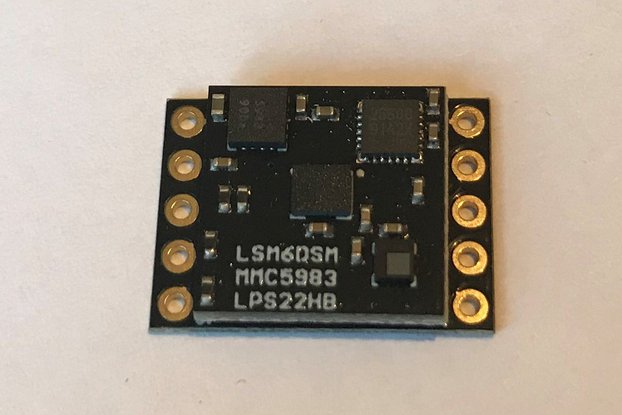
$49.95
Free Shipping!
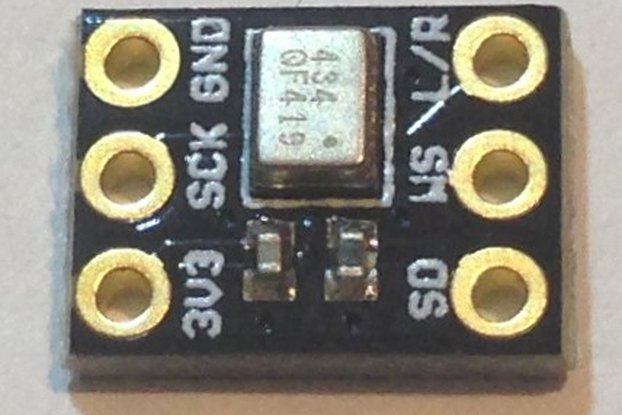
$5.95
Free Shipping!
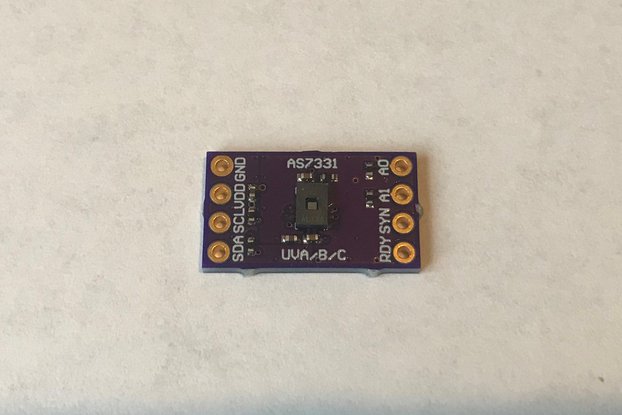
$35.95
Free Shipping!
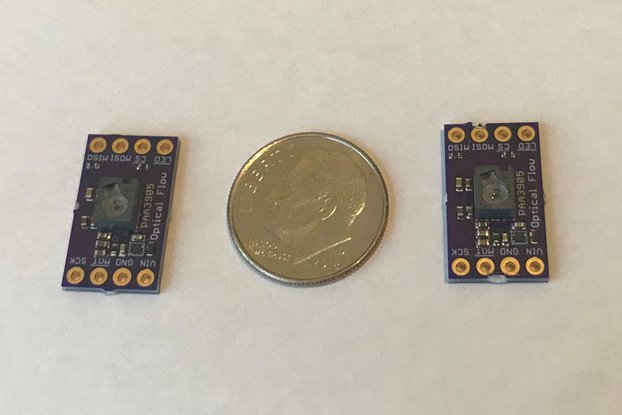
$35.95
Free Shipping!
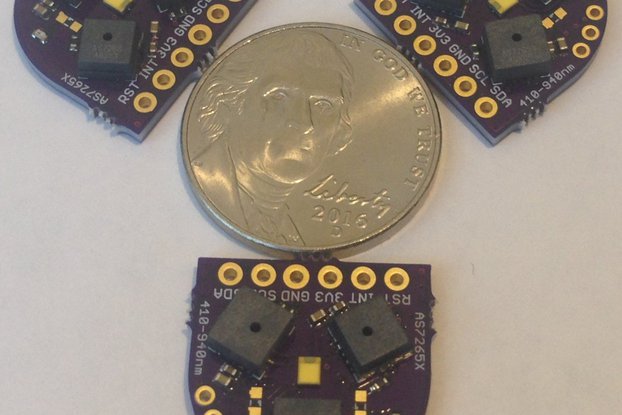
$49.95
Free Shipping!

$29.95
Free Shipping!
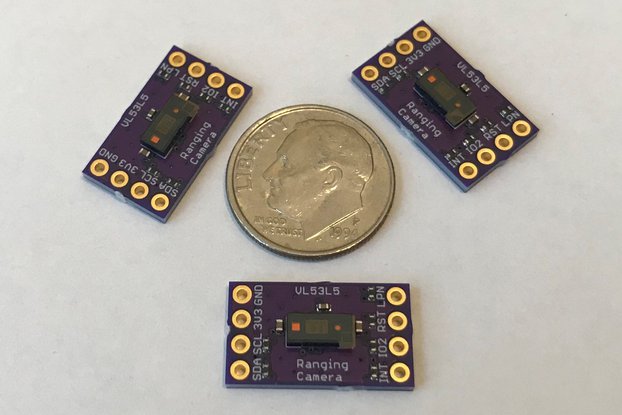
$19.95
Free Shipping!
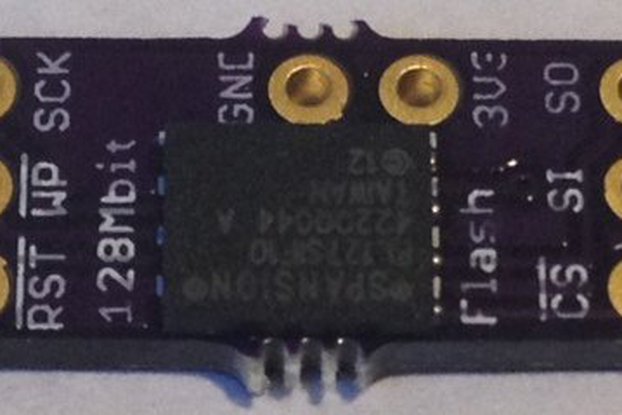
$12.95
Free Shipping!
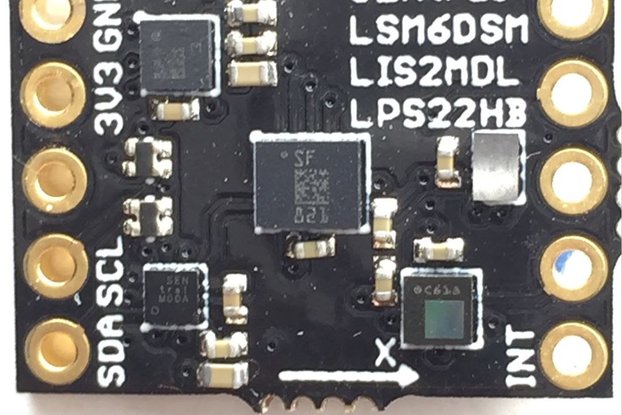
$35.95
Free Shipping!

$35.95
Free Shipping!
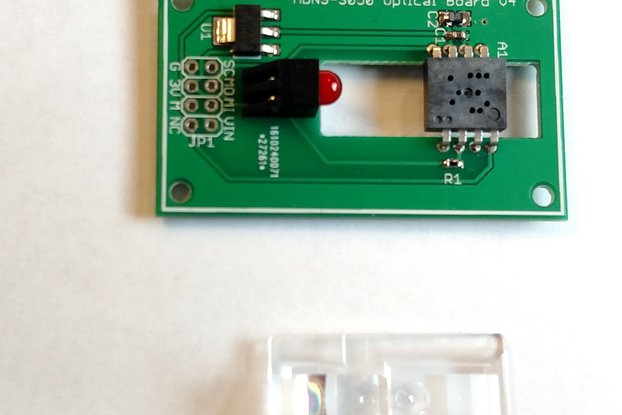
$24.95
Free Shipping!

$5.80
Free Shipping!
By clicking Register, you confirm that you accept our Terms & Conditions
We recognize our top users by making them a Tindarian. Tindarians have access to secret & unreleased features.
We look for the most active & best members of the Tindie community, and invite them to join. There isn't a selection process or form to fill out. The only way to become a Tindarian is by being a nice & active member of the Tindie community!
